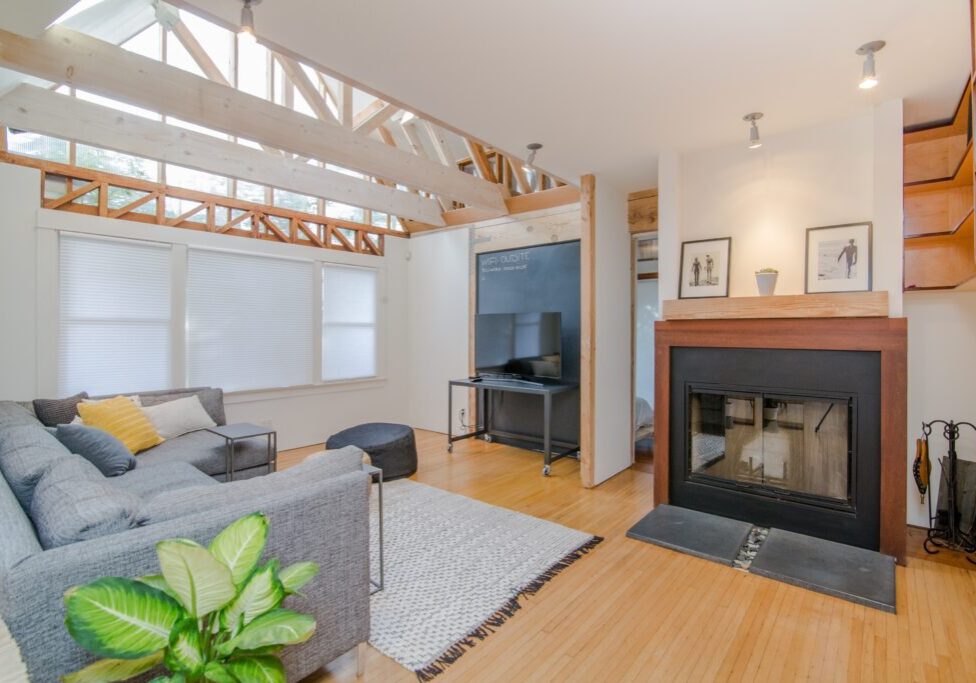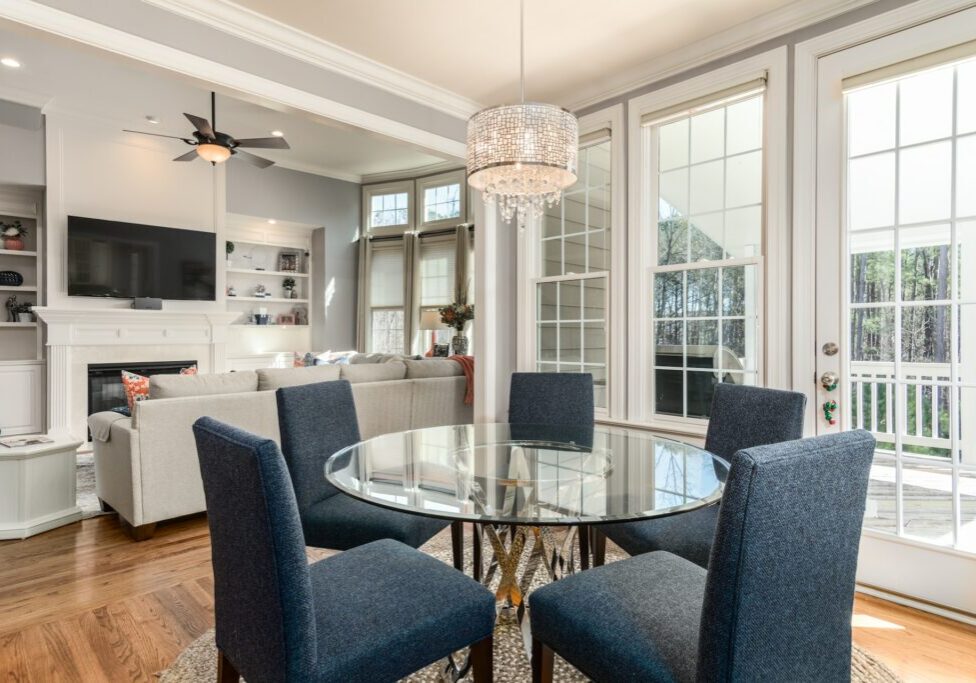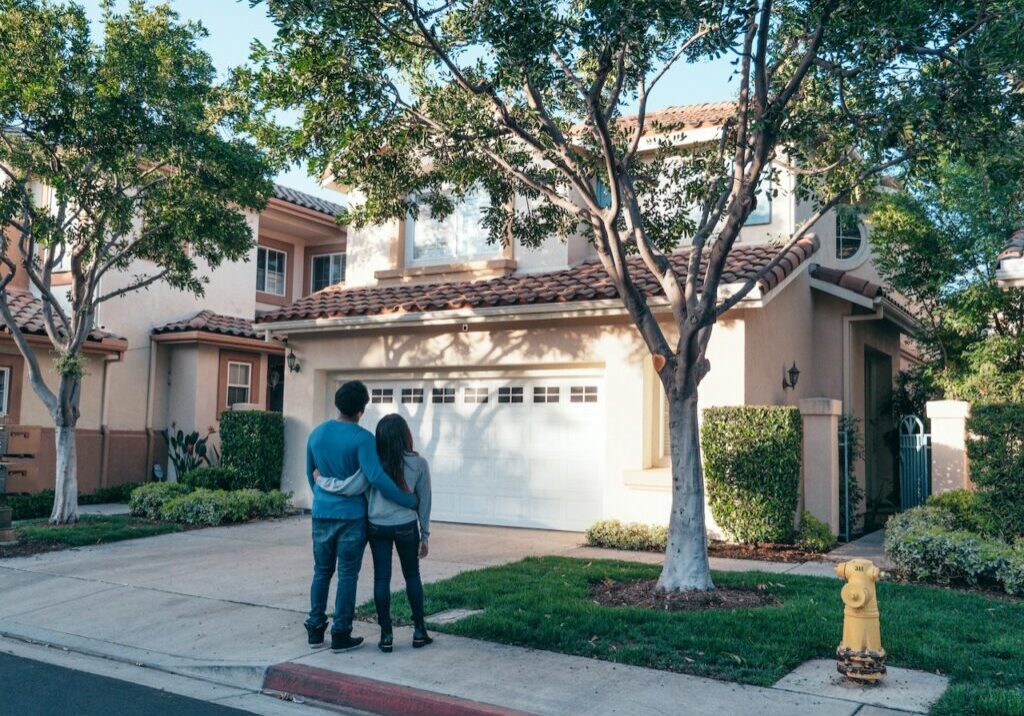How To Fix Flooding in Backyard
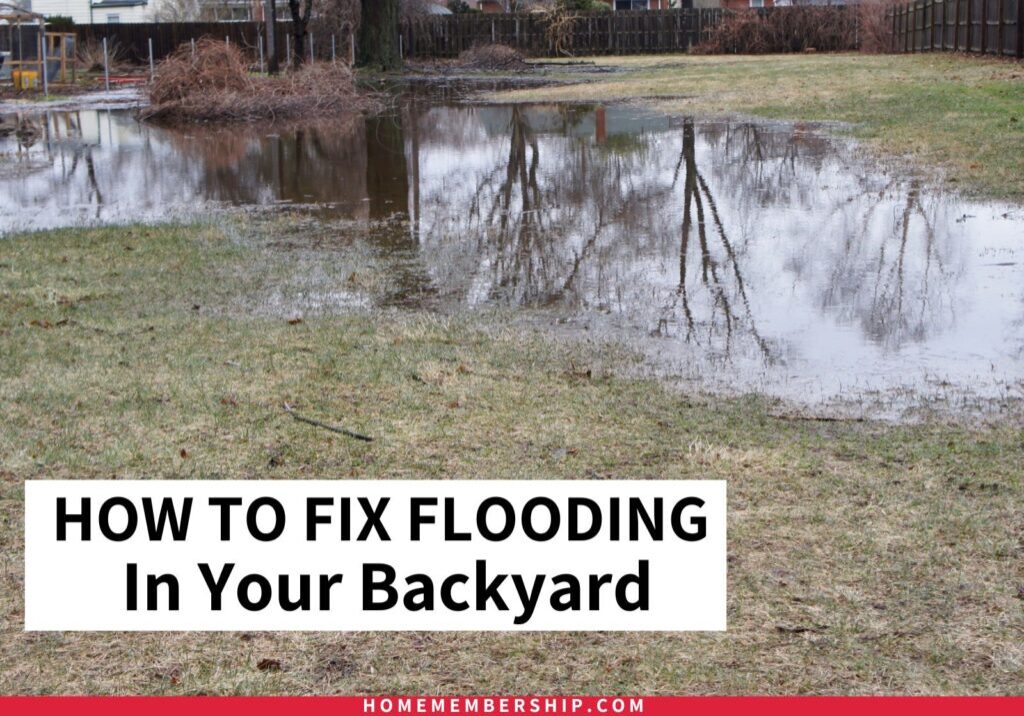
Need to learn how to fix flooding in your backyard? In this post, you’ll learn about the different methods to fix a flooded yard to help you decide the best way for your situation.
Flooding in the backyard can be a major headache for homeowners. It can lead to property damage or jeopardize your home’s foundation. It can also result in soil erosion, water damage, and even health hazards. Even continuous minor flooding can threaten your beautiful plants, garden beds, or lawn.
The good news is there are steps can be taken to fix the issue and prevent it from happening in the future.
But, before you can get to repairs, it is essential to understand the causes of backyard flooding since the reason can impact or limit the potential solutions you have available to you.

Understanding the Causes of Backyard Flooding
Natural Causes
Natural causes are the most common reasons for extreme backyard flooding. These include heavy rainfall, melting snow, and overflowing rivers or streams. When the soil cannot absorb the excess water quickly enough, it leads to surface runoff, which can cause flooding.
Another natural cause is the presence of a high water table. A water table is the groundwater level below the earth’s surface. If the water table is close to the surface, it can cause flooding during heavy rain or saturated soil.
Man-Made Causes
If you can rule out natural causes as the source of your flooding, it’s time to consider what manufactured causes might be the reason for your flooded backyard.
Some examples of man-made causes include:
- Poorly designed drainage systems.
- Clogged gutters.
- Improper grading or a low spot in your backyard.
- Impervious surfaces, like concrete or asphalt.
- Clogged drainage systems.
- Broken underground pipes.
This list should help you narrow down the cause of your backyard flooding. Once you’ve determined the primary source of your flooding, it’s time to choose a repair solution for your home.

Immediate Solutions
If your yard is flooded or you’re worried about it becoming flooded due to a natural cause, such as snow melt, these are your best short-term solutions.
Use of Sandbags
Sandbags are one of the quickest and most effective ways to prevent backyard flooding.
Placing sandbags around the perimeter of your yard to create a barrier will keep water from entering. To use sandbags, follow these steps:
- Purchase sandbags from your local hardware store or online.
- Fill the sandbags with sand or soil.
- Place the sandbags around the perimeter of your yard, focusing on areas where water is likely to enter.
- Stack the sandbags in a pyramid shape, with the top of the pyramid facing away from the direction of the water flow.
- Tuck the top of the sandbags under the bottom of the next layer to create a tight seal.
Water Pumps
Another option for immediate flood control is to use water pumps, also referred to as a sump pump. Water pumps can quickly remove water from your yard, preventing it from causing damage. To use water pumps, follow these steps:
- Purchase or rent a water pump from your local hardware store or online.
- Place the water pump in a low-lying area of your yard where water has accumulated.
- Connect the pump to a hose and direct the hose to an area where the water can be safely discharged, such as a storm drain or a dry well.
- Turn on the pump and allow it to run until the water is entirely removed from your yard.
Always follow the manufacturer’s instructions when using a water pump and take proper safety precautions, such as wearing waterproof boots and gloves.

Long-Term Solutions
On the other hand, your yard may be dry, but if flooding is an issue you regularly deal with, you may be looking for solutions to prevent this from happening. Here are your best options.
Soil Grading
One of the most effective long-term solutions to prevent backyard flooding is to grade the soil. Proper soil grading ensures water flows away from the house and the backyard. It involves creating a slope that gradually descends from the house to the yard’s outer edge.
To grade the soil, homeowners can hire a professional or do it themselves. The process involves removing the top layer of soil and adding new soil to create the desired slope.
Ensuring the soil is compacted correctly prevents future settling that may disrupt the slope. It’s also important to note that poor grading can be just as damaging as too much water.
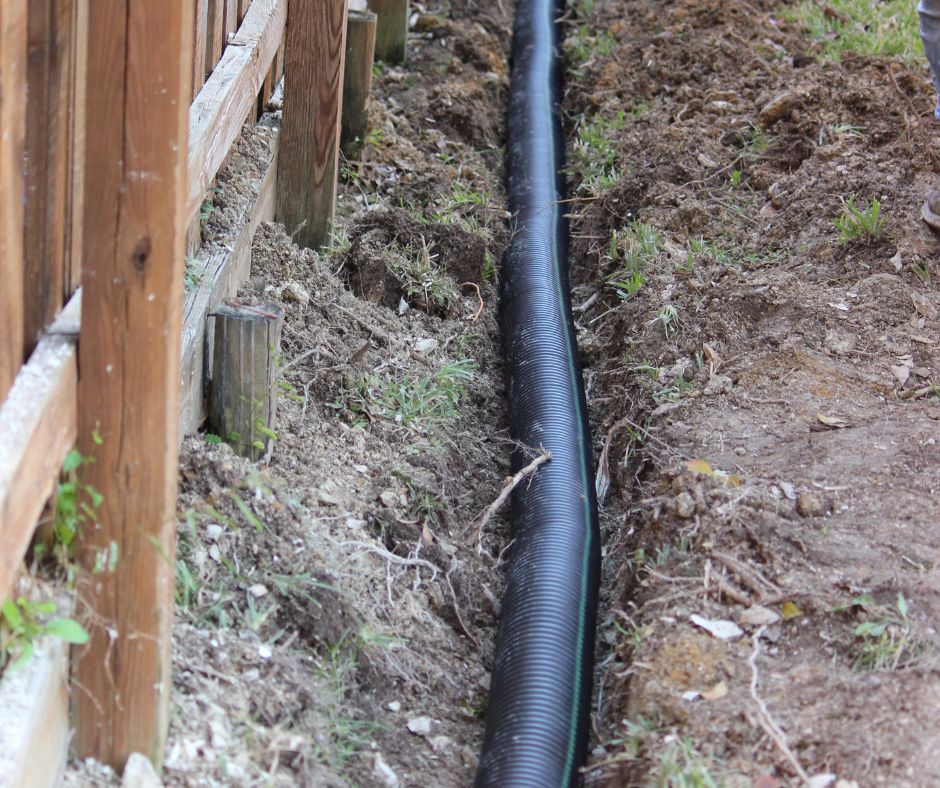
French Drains
French drains are another effective long-term solution to prevent backyard flooding. They are underground drainage systems that collect and redirect water away from the house and yard. French drains are created with a trench filled with pea gravel and a perforated pipe, or PVC pipe, that carries water away from the area.
Homeowners can install French drains themselves or hire a professional. The installation involves digging a trench, laying the perforated pipe, and covering it with gravel. Proper maintenance is essential to ensure the French drain remains an effective drainage solution.
Dry Wells
Dry wells are another option for homeowners looking for a long-term solution to backyard flooding. They are underground structures that collect and store water, allowing it to filter into the soil slowly. Dry wells are an excellent option for areas with high water tables or where French drains are impractical.
To install a dry well, homeowners will need to dig a hole and fill it with gravel or crushed stone. Keep in mind to avoid using river rocks, as they do not allow proper drainage. A drainage pipe is then inserted into the center of the well and covered with more gravel. Once the dry well is installed, it should be covered with topsoil and grass.
Overall, grading the soil, installing French drains, and dry wells are all effective long-term solutions to prevent backyard flooding. Homeowners should consider their specific needs and consult a professional to determine the best solution for their property.
Preventive Measures
While it’s a good idea to have long-term solutions in place to prevent the backyard from flooding, it also doesn’t hurt for homeowners to have some preventative measures. After all, if you can lessen the amount of water, a French drain or dry well has to handle, the better.
Proper Landscaping
In addition to the grading solution shared above, you can also be strategic about what you put in the different areas of your yard.
For example, planting trees and shrubs can help absorb excess water and prevent soil erosion. Consider using native plants that are adapted to the local climate and require less water.
Furthermore, avoid putting a stone patio or concrete parking pad in the lowest points because it won’t have anywhere to drain once the water pools there. Instead, put it where the water can run off effectively and drain into nearby soil.
Drainage System Installation
In addition to underground drainage systems, like the French drain system, you can also create a surface drainage system. This usually involves creating a network of channels or catch basins to collect and direct water away from your property. This system is particularly useful for properties with a flat or low slope.
Rainwater Harvesting
Lastly, rainwater harvesting is a sustainable way to prevent flooding in your backyard. Collecting rainwater in a rain barrel or catch basin allows you to water your plants or wash your car.
Doing this reduces the water that runs off your property and can prevent flooding in your backyard.
To ensure that your rainwater harvesting system is effective, double-check that your gutters and downspouts are clean and debris-free. Additionally, consider installing a filter to remove contaminants from the water.
Proper landscaping, installing a drainage system, and harvesting rainwater can reduce the risk of backyard flooding and protect your home.

Professional Help
As much as we homeowners love a good DIY solution, there are definitely instances where hiring a professional makes far more sense.
For starters, they will have all the equipment necessary to do the job well. Furthermore, they can provide solutions and out-of-the-box thinking based on their years of expertise and knowledge that will produce a much better result to stop flooding in your backyard.
With that said, here are some professionals you can work with to fix flooding in your backyard.
Landscapers
Landscapers can help fix backyard flooding by improving drainage systems, adding water-loving plants that absorb water, and creating slopes to direct water away from the house. They can also install French drains and dry wells to redirect water to a different location.
Waterproofing Contractors
Waterproofing contractors can help fix backyard flooding by sealing foundational cracks, installing sump pumps, and waterproofing basements. They can also install exterior drainage systems to prevent water from entering the house.
Civil Engineers
Civil engineers can help fix backyard flooding by designing and implementing drainage systems tailored to the property’s specific needs. They can also conduct soil tests to determine the best course of action.
Before hiring any landscaper, waterproofing contractor, or civil engineer, homeowners should ensure they are licensed, insured, and have experience fixing backyard flooding. They should also ask for references and check with the Better Business Bureau to ensure a good reputation.
Overall, seeking professional help can be more expensive than DIY methods but can also be more effective in fixing backyard flooding. Homeowners should weigh the costs and benefits before hiring a professional.
In conclusion, fixing backyard flooding requires a combination of preventative measures and reactive solutions.
By identifying potential problem areas and making necessary adjustments, homeowners can reduce the risk of flooding in their backyards. Additionally, implementing drainage systems such as French drains and dry wells can help redirect excess water away from the property.
Although some causes are unavoidable, such as flash floods or other extreme cases, preparing is a great way to protect your home, flower beds, gardens, other unique landscaping, and your family.
If you have bees or wasps in your yard – check out this article to know the difference.

